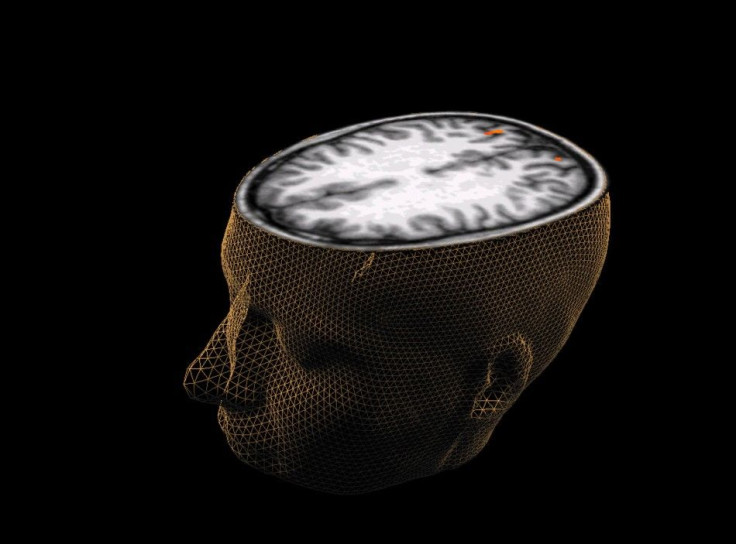Brain Scans Of Kids Provide Clues About Antisocial, Aggressive Behavior: Study

KEY POINTS
- Early behavior problems can be located in the brain
- Brain scans of younger children can reveal what cannot be learned by observing their behavior
- Kids with disruptive behavior disorders had lesser gray matter in brain regions associated with processing emotions
Children with disruptive behavior disorders have lesser gray matter in certain brain areas compared to others, finds a new study.
The behavioral problems of children under 12 years might seem quite different from those of teenagers. Researchers at Florida International University tried to find out if a young child’s brain function and reward-seeking behaviors could offer clues about antisocial behavior, violence, or aggression. They found that the brain scans of children aged 9 to 11 did offer clues about aggressive and antisocial behavior that may develop later in their lives.
"Early behavior problems really concern parents. The broad idea with this research was to see whether there are differences in the brain at an early age before the more severe types of delinquency have started," the study’s lead author Rebecca Waller told Penn Today.
The research team used data from the National Institutes of Health’s Adolescent Brain Cognitive Development (ABCD) study. The study, which began in 2015, will follow nearly 12,000 kids in the age group 9 to 11 for almost a decade. The researchers studied the gray matter volume in these kids’ brains.
Here’s what they found:
- Compared to typically developing children, those with disruptive behavior disorders had less gray matter in brain regions that were linked to processing emotions and forming memories.
- They found less gray matter in the amygdala – a small region in the brain’s temporal lobe which helps process environmental stimuli, and in the hippocampus region that is responsible for memory and learning.
- Early behavior problems show up in the brain, regardless of the presence or absence of Callous-unemotional (CU) traits, which are characterized by a lack of empathy and reduced sensitivity to others’ emotions and lack of guilt around rule-breaking.
- Compared to the typically developing children, those with behavioral issues, including those with CU traits, had lower activity in the brain’s reward network while awaiting their reward.
"The brain tells us something about what's going on with these kids that we couldn't learn just by observing their behavior, that we couldn't see from just watching them," Waller told Penn Today.
© Copyright IBTimes 2025. All rights reserved.






















